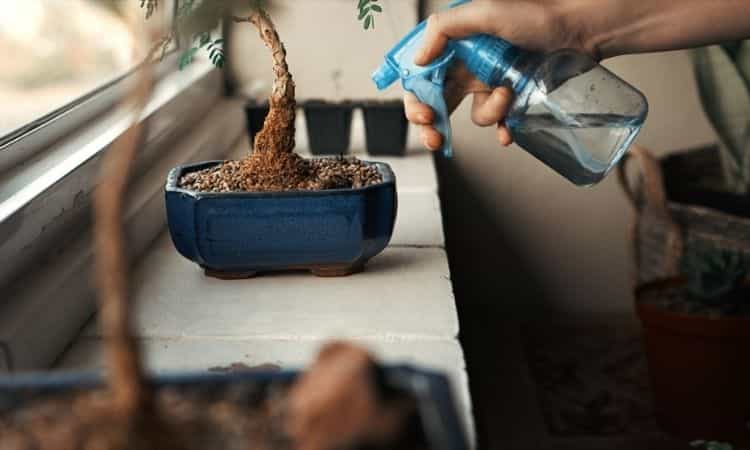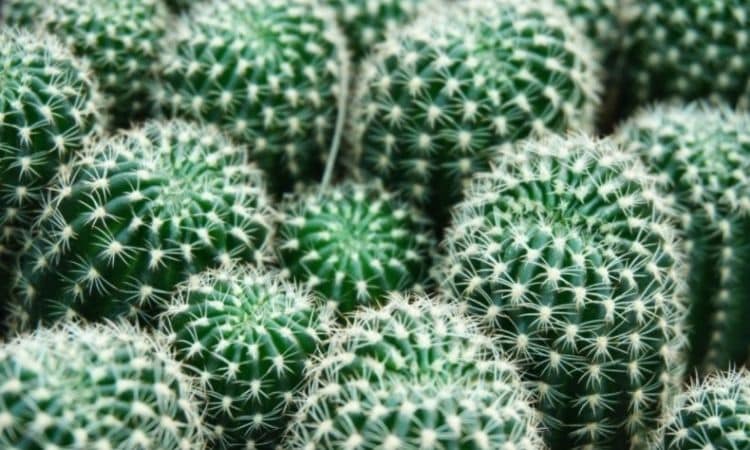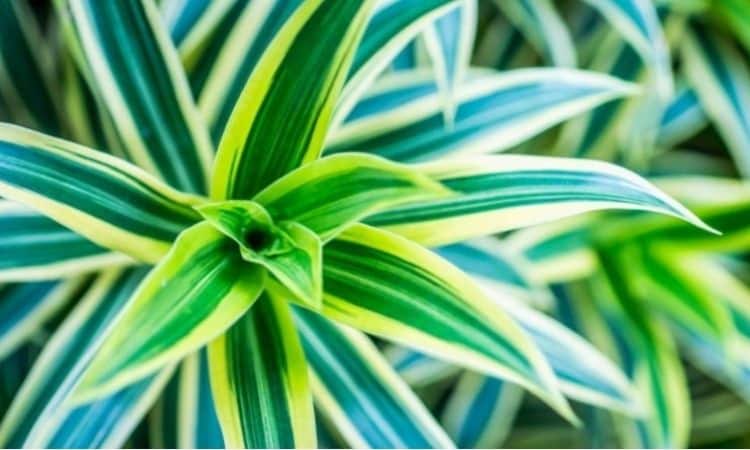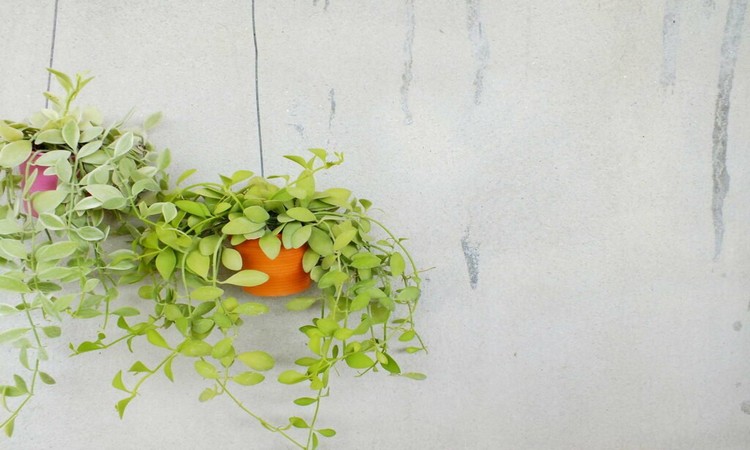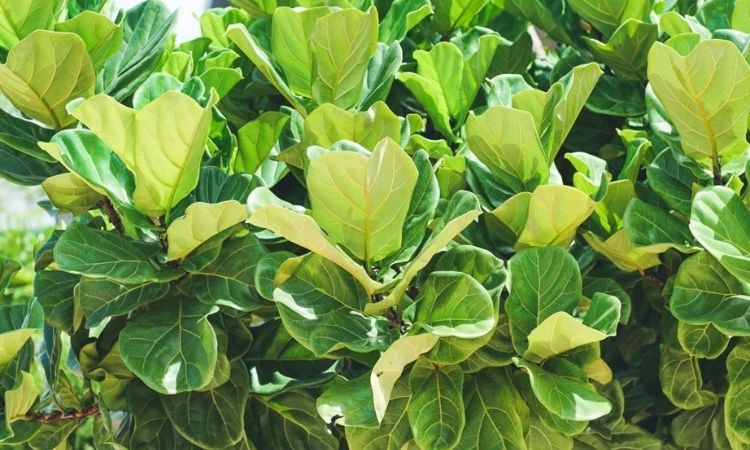Watering Bonsai: How Often Do You Water The Bonsai Tree?
For the bonsai to thrive, the correct water supply is crucial. Here you will learn what you should consider when watering bonsai. Because of the shell culture, there is hardly any room for mistakes in the care of a bonsai. Especially watering can quickly become a source of error.
Because the limited shell volume and the rather permeable bonsai soil make frequent watering necessary – and too frequent watering is also a problem. How often you have to cast in the end depends on several factors, which we would like to introduce to you in the following.
Like every plant, the bonsai needs water to survive. Due to the isolated cultural form of the bonsai in a bowl, meticulous attention must be paid to the water supply according to the needs. This is even more difficult with bonsais than with most other potted plants because the shells usually offer very little substrate as water storage.
Besides, bonsai soils consist to a large extent of inorganic materials and can store water poorly anyway. So bonsais have to be watered in relatively short intervals. But not only the watering intervals and the watering method are decisive – the choice of a suitable culture dish and a suitable bonsai soil is also essential. We clarify all questions concerning the watering of bonsais.
When Should You Water Bonsai?
Table of Contents
With bonsais, the watering rhythm should be adapted to the individual plant. If you water your bonsai without considering the bonsai, you run the risk of stagnant moisture or complete drying of the substrate. Both should never happen. Therefore, you should water your bonsai as soon as the substrate has dried up on the surface.
With conifers and succulents, the substrate can also be a bit drier. You can easily recognize when the substrate is dry by the brightening of the substrate or by simply touching it. It is best to check your bonsai substrate daily. Because especially in summer you can have to reach for the watering can several times a day.
Water on hot days only in the morning or evening hours. Even in winter, you should always keep the substrate moist. Here, however, watering intervals are much longer due to the reduced water consumption of the bonsai. Bonsais that winter in the garden are only watered on frost-free days. When a bonsai needs to be watered is therefore dependent on the dryness tolerance of the species, the substrate, and the climate.
- Water as soon as the substrate has dried on the surface (check daily!).
- Conifers and succulents are more resistant to drought than deciduous bonsai.
- Keep substrate moist even in winter.
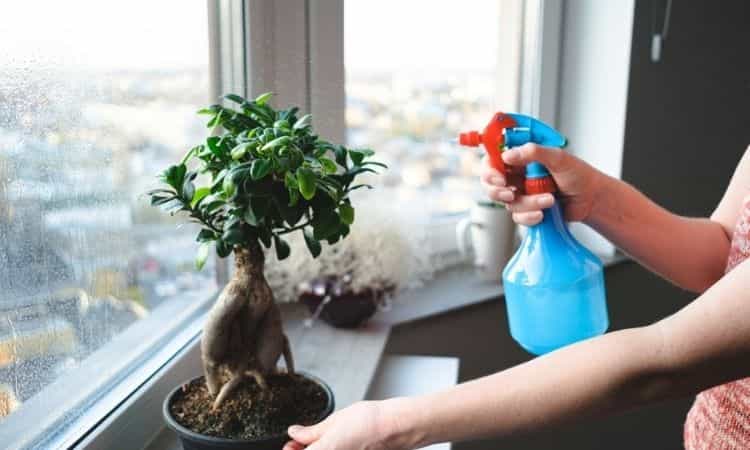
How Often And How Much Must Bonsai Be Watered?
There is no fixed period for the watering interval. Rather, the time until the next watering of your bonsai depends on a whole range of factors:
- Water requirements of the respective plant species: Generally speaking, conifers are watered rather little. Here, depending on the substrate, let it dry out as much as possible.
- Growth rate and age of the plant: The faster your bonsai grows, the higher the water consumption. Older bonsais grow much slower than younger plants and therefore need less water.
- Season and temperature: In summer the water requirement is higher than in winter due to evaporation from sunshine and shoot growth. Here the plants rest and are therefore watered less. The following applies: The warmer the bonsai is in winter, the more water it needs even in the dark season. Room bonsais that are placed in a heated apartment, therefore, need regular watering even in winter.
- Water storage properties of bonsai soil: The higher the proportion of organic substrate, the higher the water storage capacity. This also extends the watering distances.
- Plant size: A large bonsai has more biomass than a small bonsai, which evaporates water. Therefore the basic need for water is also higher.
- Location: The sunnier your bonsai is, the more water is lost to the tree through evaporation. The evaporation is highest at sunny window seats.
- The surface of the planting bowl also influences evaporation. The larger this surface is, the more water evaporates and more watering is required.
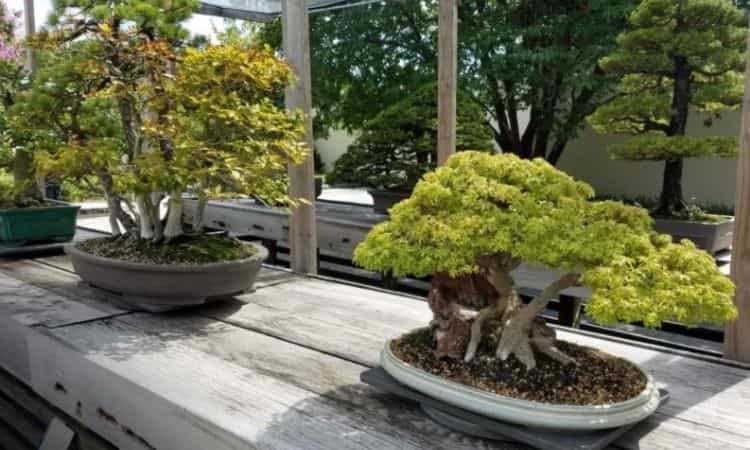 It is best to pay attention not only to the environment and the substrate of your bonsai. You should also be aware of the specific water requirements of your bonsai species to better plan your watering schedule.
It is best to pay attention not only to the environment and the substrate of your bonsai. You should also be aware of the specific water requirements of your bonsai species to better plan your watering schedule.
You might so like: 22 The Most Popular Bonsai Species
How Is A Bonsai Watered Correctly?
To water your bonsai correctly, you must completely soak the substrate. Proceed as follows to water your bonsai:
- Always use rainwater or soft tap water at room temperature
- Water with a watering can until the water flows out of the bottom of the bowl
- Repeat the procedure after a few minutes
- Hard tap water should be avoided to prevent deposits on the roots and the vessel and to avoid increasing the pH value. Alternatively, you can use the dipping method for smaller bonsais. In doing so, immerse the shell in a container of water for a few minutes until no more bubbles rise to the water surface. During this time the substrate can soak up the water well. Then let the excess water drain off.
To water your bonsai properly, your bonsai bowl absolutely needs a drain hole. Otherwise, the water cannot run off, and waterlog occurs. If waterlogging occurs, your bonsai will react with brown leaves, which will sooner or later be shed, and dead branches. More reasons for leaf shedding in bonsai can be found here.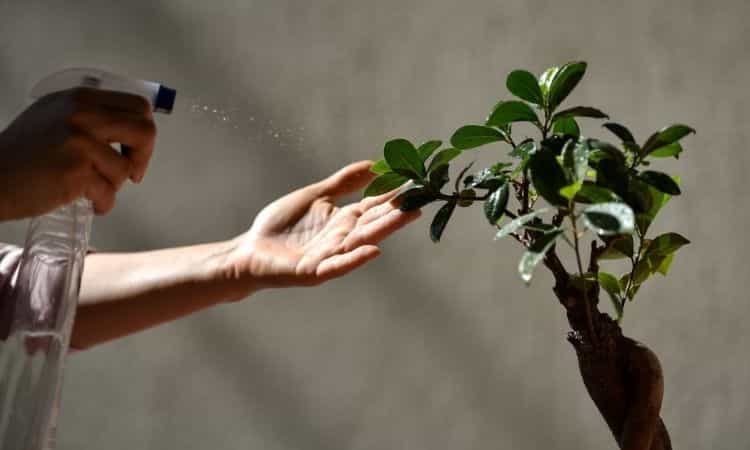
For bonsai species that come from tropical areas and are used to a humid climate, you should regularly use a water sprayer. This increases the humidity. In winter this is especially important for room bonsais to balance the dry heating air.
Summary: Bonsai How Often And How Much Watering?
- How often watering is necessary depends on many factors: Therefore keep an eye on your bonsai.
- Soaking with soft tap water or rainwater.
- Use a dipping method for clayey substrates.
- Spray bonsais that need high humidity regularly.
- Always use a bowl with a drain hole to avoid waterlogging.
Bonsais need not only water but also nutrients to grow properly. You can read everything about the correct fertilization of bonsais here.
